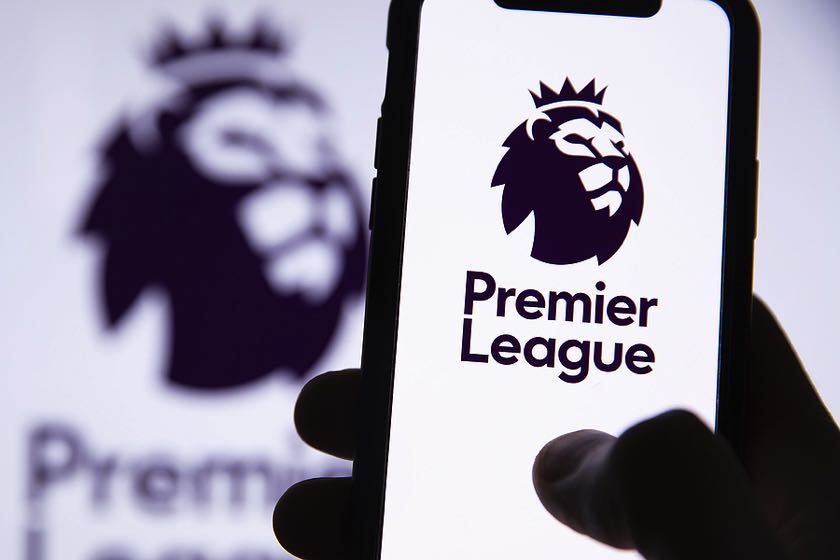It’s sad, but true, that modern football is driven by money. With it, you can attract better players to your club and, theoretically, improve your performances on the pitch. Without it, you have to make do with feeding off the scraps of bigger clubs – long term, that doesn’t feel like it would be a recipe for success.
In the days before oil-rich sheikhs, deep-pocketed Russian oligarchs and big-dreaming American investment groups came along to buy out their ‘lucky’ clubs, football needed to get richer collectively – that was one of the reasons why the Premier League was created. Top-flight clubs wanted a thicker slice of the pie as interest grew in English football from around the world, and so the early 1990s heralded arguably the most seismic change in the beautiful game in more than a century.
Why Was the Premier League Created?
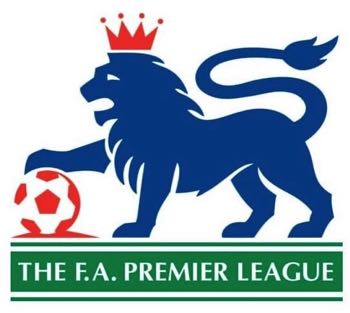
Although they rarely see eye to eye on the pitch, off it the clubs that made up the old First Division knew that change was needed if English football was to grow and be as successful as the top leagues in Spain, Italy and co. They threatened to break away from the ruling body, the Football League, as early as the 1980s, but were persuaded to stay as a result of being handed extra voting power and a larger share of the TV and sponsorship revenue that the sport generated.
But it still wasn’t enough, so representatives of the ‘big five’ clubs of the time – Manchester United, Arsenal, Tottenham, Liverpool and Everton – secretly met to discuss a breakaway league in England. Surprisingly, their plotting drew the support of the Football Association, and by 1991, the Founder Members Agreement was tabled – the paperwork that would ultimately lead to the establishment of the Premier League.
The clubs were now able to collectively bargain for a better financial deal, negotiating their own TV rights contracts – in the end, they settled for a mammoth £232 million package with BSkyB, the firm we know today as Sky. That was a huge increase on the revenue generated under the old Football League deal.
The FA gave the 22 clubs permission to resign from the Football League, the name ‘Premier League’ was created and a company formed, and the 1992/93 season would be the first that the English Premier League was contested.
Who Came Up with the Idea of the Premier League?
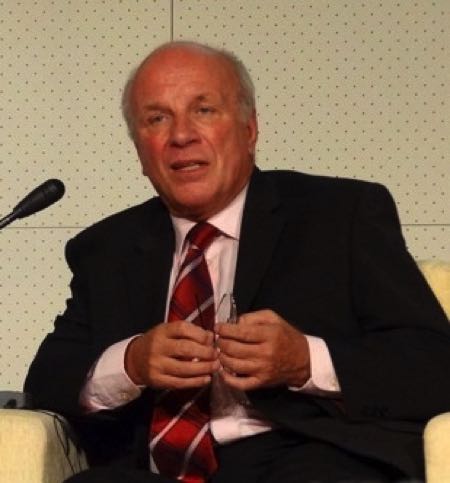
While the 22 clubs that would become the founding members of the Premier League were ultimately responsible for establishing the new way, the leg work wasn’t all their own. Other individuals have been cited as key players in the birth of the EPL, including Greg Dyke – at the time, he headed the London Weekend Television (LWT) and ITV Sport networks, believing that the Premier League would see more viewers tune into games on his channels. The irony, of course, that the first rights deal was signed with Sky Sports and not LWT or ITV as Dyke had probably envisioned.
Graham Kelly, the then chief executive of the FA, hired Rick Parry to act as something of a broker, tasked with bringing the idea of a Premier League into reality. Another delicious irony is that Parry is now the much-maligned leader of the Football League – the organisation from which the Premier League broke away.
David Dein, the then chairman of Arsenal, was seen as the representative of the big five clubs that initiated the foundation of the Premier League, while Alex Flynn, an executive from PR firm Saatchi and Saatchi, was tasked with breaking the news that English football would be changing from the system that had been in place for more than a century.
What Was the Premier League Before 1992?
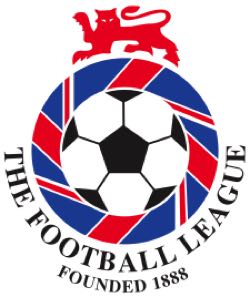 When football started to embrace the possibility of professionalism, it needed a formal structure of leagues, promotions and relegations. And so, from the 1888/89 season, a pyramid system would see the First Division at the top, fed by the Second Division, which was one rung above the Third Division and so on. So, for more than 100 years, the First Division was effectively the forerunner to the Premier League.
When football started to embrace the possibility of professionalism, it needed a formal structure of leagues, promotions and relegations. And so, from the 1888/89 season, a pyramid system would see the First Division at the top, fed by the Second Division, which was one rung above the Third Division and so on. So, for more than 100 years, the First Division was effectively the forerunner to the Premier League.
After the creation of the EPL in 1992, the First Division then became the second tier of English football – promoting its best performing clubs to the Premier League and accepting those relegated from above. In 2004, the First Division was rebranded as the Championship, with the Second and Third Divisions renamed League One and League Two respectively.
What Year Was the First Premier League Game?
The formation of the Premier League as a business in the early months of 1992 signalled the death knell for the ‘old way’ – the new era of top-flight football in England was ushered in for the 1992/93 season.
Most of the first round of games were played at the same time, with the likes of Arsenal, Chelsea and Everton welcoming Norwich City, Oldham Athletic and Sheffield Wednesday respectively. And if you’re ever faced with the question ‘who scored the first ever Premier League goal?’, you’ll now know that the answer is Brian Deane, who notched after just five minutes of Sheffield United’s victory over Manchester United.
As for the first televised Premier League game, viewers were treated to a spectacle as Nottingham Forest defeated Liverpool 1-0 courtesy of a Teddy Sheringham goal – with the legendary Brian Clough in the Forest dugout.
Who Were the Founding Members of the Premier League?

These days, we’re familiar with 20 clubs making up the Premier League table. But back in 1992/93, there were 22 teams that contested the inaugural year. The big five, as mentioned earlier in this article, were amongst the founding members of the Premier League – indeed, barring a few flirtations with relegation from Everton, they have remained ever-present since.
Aston Villa, Coventry City and Nottingham Forest represented the Midlands, while the London contingent was bolstered by Chelsea, Crystal Palace, QPR and Wimbledon. Manchester City – lightyears away from their contemporary success, were also a founding member alongside Blackburn Rovers, who would shock everyone by winning the EPL title in 1994/95. Ipswich, Leeds, Middlesbrough, Norwich, Oldham, the two Sheffield clubs and Southampton rounded out the 22.
Who Won the First Premier League?
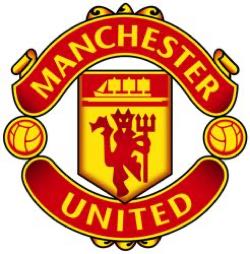 The maiden winners of the Premier League trophy were Manchester United, who finished ten points clear of the rest on 84. In a sign of how much football has changed, Aston Villa and Norwich finished second and third respectively, while the relegated trio were Nottingham Forest, Middlesbrough and Crystal Palace.
The maiden winners of the Premier League trophy were Manchester United, who finished ten points clear of the rest on 84. In a sign of how much football has changed, Aston Villa and Norwich finished second and third respectively, while the relegated trio were Nottingham Forest, Middlesbrough and Crystal Palace.

